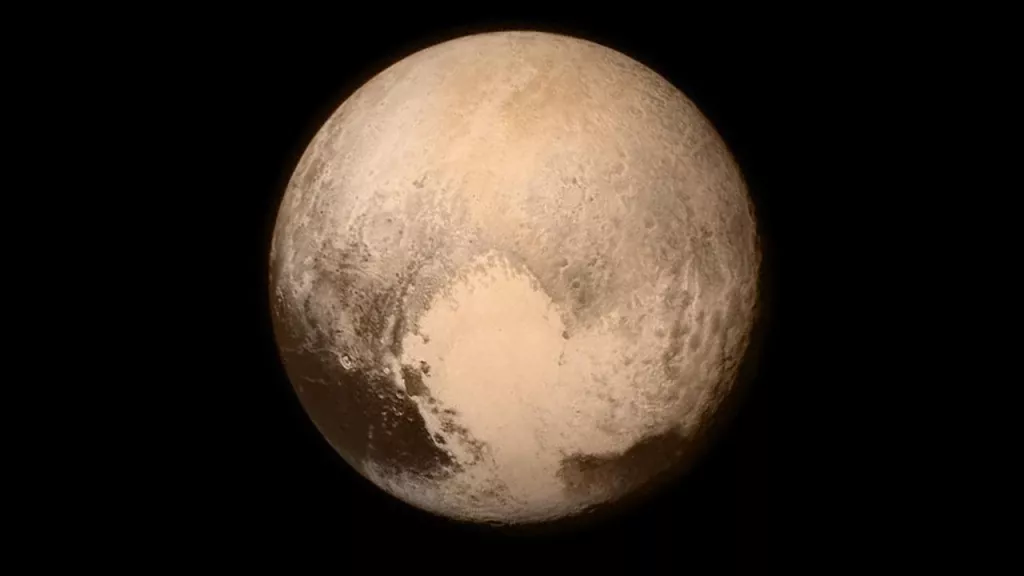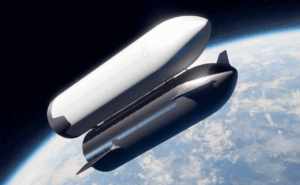From planet to dwarf… and planet again?
For over 75 years, scientists thought our solar system had nine planets, rather than the eight we think of today. However, Pluto has spent the last 15 years labeled a “dwarf planet,” defined by NASA as a “celestial body that orbits the sun, has enough mass to assume a nearly round shape, has not cleared the neighborhood around its orbit and is not a moon.” (1) Recently, a team of scientists has expressed that they believe Pluto should, in fact, return to planethood. (2)

Given that the former planet has become a fan favorite of society, it is understandable that many are calling on the International Astronomical Union (IAU) to reclassify Pluto as a planet. To understand why Pluto was demoted to the title of “dwarf planet” and why people want it to become a planet again, we must first understand what Pluto is. (3) On its surface, Pluto appears just like any other planet–it orbits the sun and has its own moons. However, Pluto, with a diameter of only 1,477 miles, is much smaller than any of our solar system’s eight planets, and even Earth’s moon, which has a diameter of 2,159 miles. In fact, the entire planet of Pluto only stretches half as wide as the United States. In 2006, to avoid having to label Eris, Makemake, and other celestial bodies similarly sized to Pluto as planets, the IAU changed the criteria for determining a planet to “a celestial body that (a) is in orbit around the Sun, (b) has sufficient mass for its self-gravity to overcome rigid body forces so that it assumes a hydrostatic equilibrium, nearly round, shape, and (c) has cleared the neighborhood around its orbit,” with the latter meaning it should be its own gravitationally dominant body. (4) Pluto was one of many celestial masses that did not meet the third criteria listed. Instead, these planets were classified as “dwarf planets.” Researchers have called on the IAU to use the definition, “any geologically active bodies in space.” However, this definition would increase the number of planets in our solar system to over 150, according to Philip Metzger, a planetary physicist at the University of Central Florida.

Society and the scientific community have constantly been at odds with how to classify Pluto. More recently, the calls for the change of its status as a dwarf planet have become more prevalent and recognized. According to a New York Times survey, the public is in support of bringing Pluto back to planethood. NASA chief Jim Bridenstine showed his nostalgia and support for the movement in 2019, saying, “It’s the way I learned it and I’m committed to it.”
Bibliography:
- (2015, April 22). What is a Dwarf Planet? Jet Propulsion Laboratory. Retrieved from https://www.jpl.nasa.gov/infographics/what-is-a-dwarf-planet.
- Metcalfe, T. (2021, December 31). NBC News. Retrieved from https://www.nbcnews.com/science/space/pluto-planet-debate-rages-rcna8848.
- (2015, August 4). What is Pluto? NASA. Retrieved from https://www.nasa.gov/audience/forstudents/k-4/stories/nasa-knows/what-is-pluto-k4.html.
- (2006, August 24). IAU 2006 General Assembly: Result of the IAU Resolution votes. International Astronomical Union (IAU). Retrieved from https://www.iau.org/static/archives/releases/doc/iau0603.doc.
- X99 News. Retrieved from https://x99news.com/2022/01/01/scientists-want-to-name-pluto-and-150-other-space-rock-planets/.
- Cuthbertson, A. (2022, January 3). Scientists want Pluto to be reinstated as a full planet. The Independent. Retrieved from https://www.independent.co.uk/space/pluto-planet-debate-dwarf-size-b1985933.html.
- Chang, K. Is Pluto a Planet? The New York Times. Retrieved from https://www.nytimes.com/interactive/2022/science/is-pluto-a-planet.html?smid=url-share.






Comments are closed.